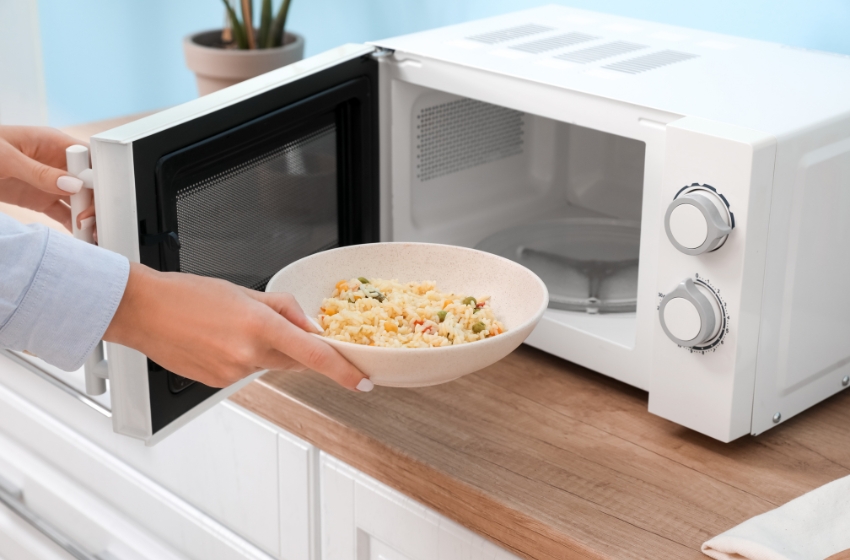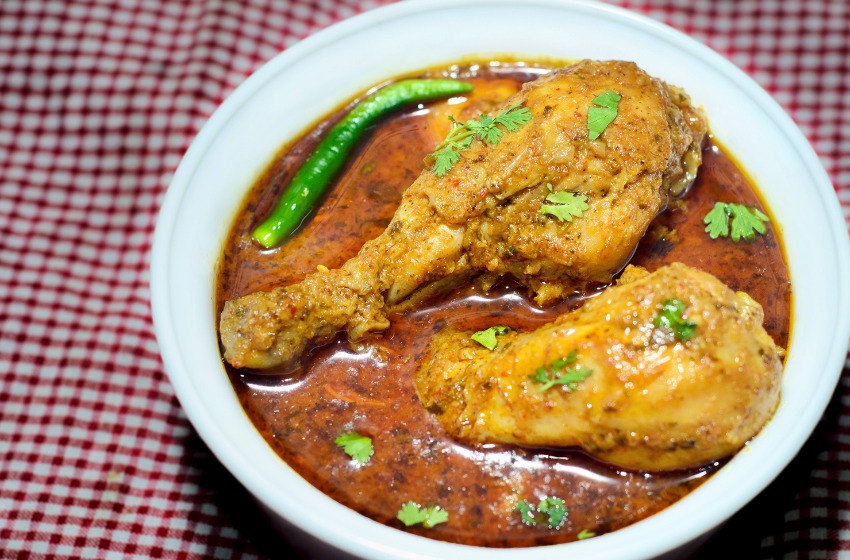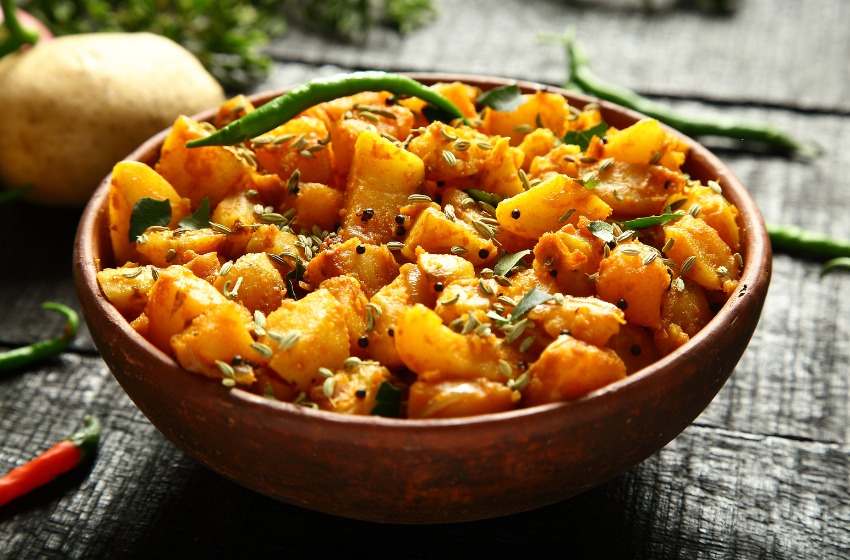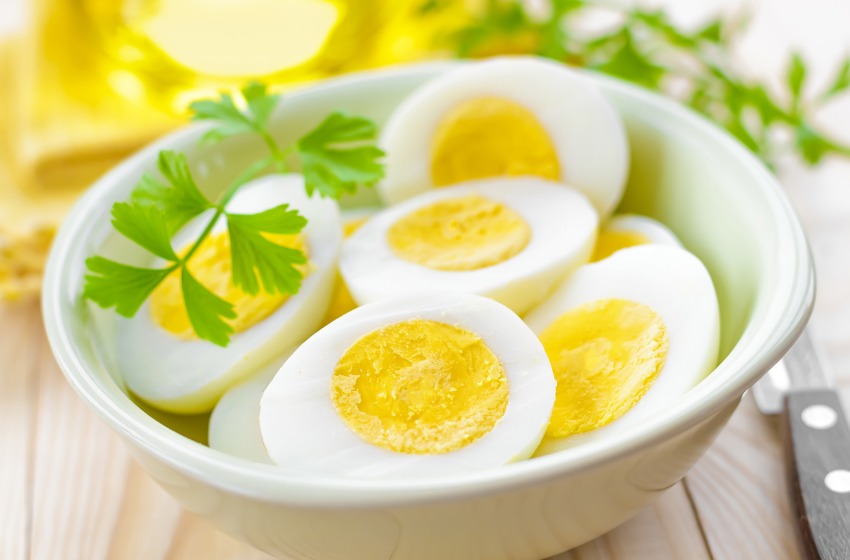Five Foods to Avoid Reheating- The Reasons Why

When it comes to leftover cuisine, the microwave often becomes our best friend. It’s quick, convenient, and seemingly harmless. However, not all foods are suited to be reheated, and doing so can sometimes lead to health risks or a compromised taste. Here’s a look at five common food items that are best enjoyed fresh and not reheated.
1. Rice

Rice might seem like a simple staple that’s safe to reheat and eat. However, it’s one of the most problematic foods when it comes to reheating. Uncooked rice can contain spores of Bacillus cereus, a bacterium that can cause food poisoning. These spores can survive cooking and, if the rice is left at room temperature, can multiply and produce toxins that are not destroyed by reheating. The safest way to handle leftover rice is to cool it quickly and keep it refrigerated, but even then, reheating it might not make it safe if it was stored improperly beforehand.
2. Chicken

Reheating chicken is not uncommon, but it can be hazardous if not done correctly. Chicken is rich in proteins that can be broken down into harmful compounds if reheated at too high a temperature or if previously cooked and stored improperly. Changes in the protein structure of chicken can also make reheated chicken tough and difficult to digest. If you must reheat chicken, ensure it reaches an internal temperature of at least 75 degrees Celsius and try to only reheat it once to avoid potential health risks.
3. Potatoes

Potatoes are a hearty, nutritious food, but they should be handled with care when it comes to reheating. When cooked potatoes are left to cool at room temperature and then reheated, they can become a breeding ground for botulism, especially if they are wrapped in aluminium foil which creates an anaerobic environment. To safely reheat potatoes, they should be kept in the refrigerator and reheated to a high temperature, or alternatively, consumed cold in dishes such as potato salad.
4. Spinach and Other Leafy Greens

Spinach, along with beet greens and other leafy vegetables, contain high levels of nitrates. While nitrates are not harmful in themselves, they can be converted into nitrites, and subsequently into nitrosamines, some of which are known carcinogens, when reheated. This transformation can be especially potent when these vegetables are heated, cooled, and then reheated again. It is advisable to eat these vegetables fresh or, if there are leftovers, to eat them cold from the refrigerator.
5. Eggs

Eggs, whether boiled or scrambled, can become toxic when exposed to high temperatures. Reheating eggs can cause them to become rubbery and release harmful chemicals. If eggs are included in dishes that are being reheated, it’s crucial to ensure they are cooked until hot throughout; however, it’s generally safer to avoid reheating egg-based dishes altogether if possible.
Editorial Considerations
When discussing the subject of food safety, it is not only the preservation of health that is important but also the quality and enjoyment of food. By understanding which foods are less suited to reheating, we can not only avoid potential health risks but also enjoy our meals as they are meant to be tasted.
While modern conveniences such as microwaves make it easier to warm up leftovers quickly, it’s worth taking the time to consider whether reheating is the best option. In many cases, enjoying certain foods freshly cooked, or even cold, can provide not only a safer eating experience but also a more satisfying one.
In the bustling rhythm of contemporary life, where leftovers often become the next day’s meal, it’s crucial to pause and consider the best way to enjoy certain types of food. It might mean a little more preparation and planning, but the benefits to your health and your palate are likely worth it. After all, good eating should nourish both the body and the senses, not compromise them.
This editorial aims to provide guidance and insight on the topic of reheating foods, aligning both with the culinary experience and food safety standards. By adhering to these guidelines, readers can ensure that their meals are not only delicious but also safe.







